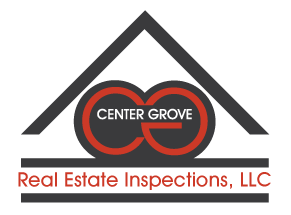Home inspections can be useful for a variety of reasons, including determining whether or not your property has a pest invasion. Of course, one of the most common pests that homeowners worry about are termites, and for good reason. But just how can you tell if there are termites in your house? Here are some of the telltale signs.
Of course, probably the most worrying sign that there are termites inside your property is damaged wood. This may include wood furniture, walls, or any other wooden structures in or around your property. Unfortunately, you may not notice damaged wood due to termites until extensive damage has been done. Once you notice major damage to wood around your home, chances are you have a fairly major infestation.
Another common but little known sign to look for is termite cement. While not actual cement, termites often use mud and other types of debris to seal cracks and holes throughout the home. This is done to reduce the amount of air flow and moisture entering the property, which is an ideal environment for them to thrive in. Take a look around any areas where you have cracks or holes in your walls or foundation, and determine if any of those areas look sealed.
You may even notice termites themselves, but fail to identify exactly what they are. Keep an eye out for swarmers, which are winged termites that are most active in the spring. While they may look like flying ants, if they have recently appeared around your property there is a good chance they are actually termites.
Whether you have noticed any of these signs or not, having a regular pest inspection done in your home is always a good idea. Contact the team at Center Grove Real Estate Inspections to schedule one today!

Thank you for explaining what swarmers are and how they can be a big sign of trouble. I’ve already seen a couple of these flying ant-like pests outside my yard, and I had wondered if they were anything to worry about. Now that I know what they’re capable of, I’ll get a pest control service to do some preliminary extermination and preventive measures.